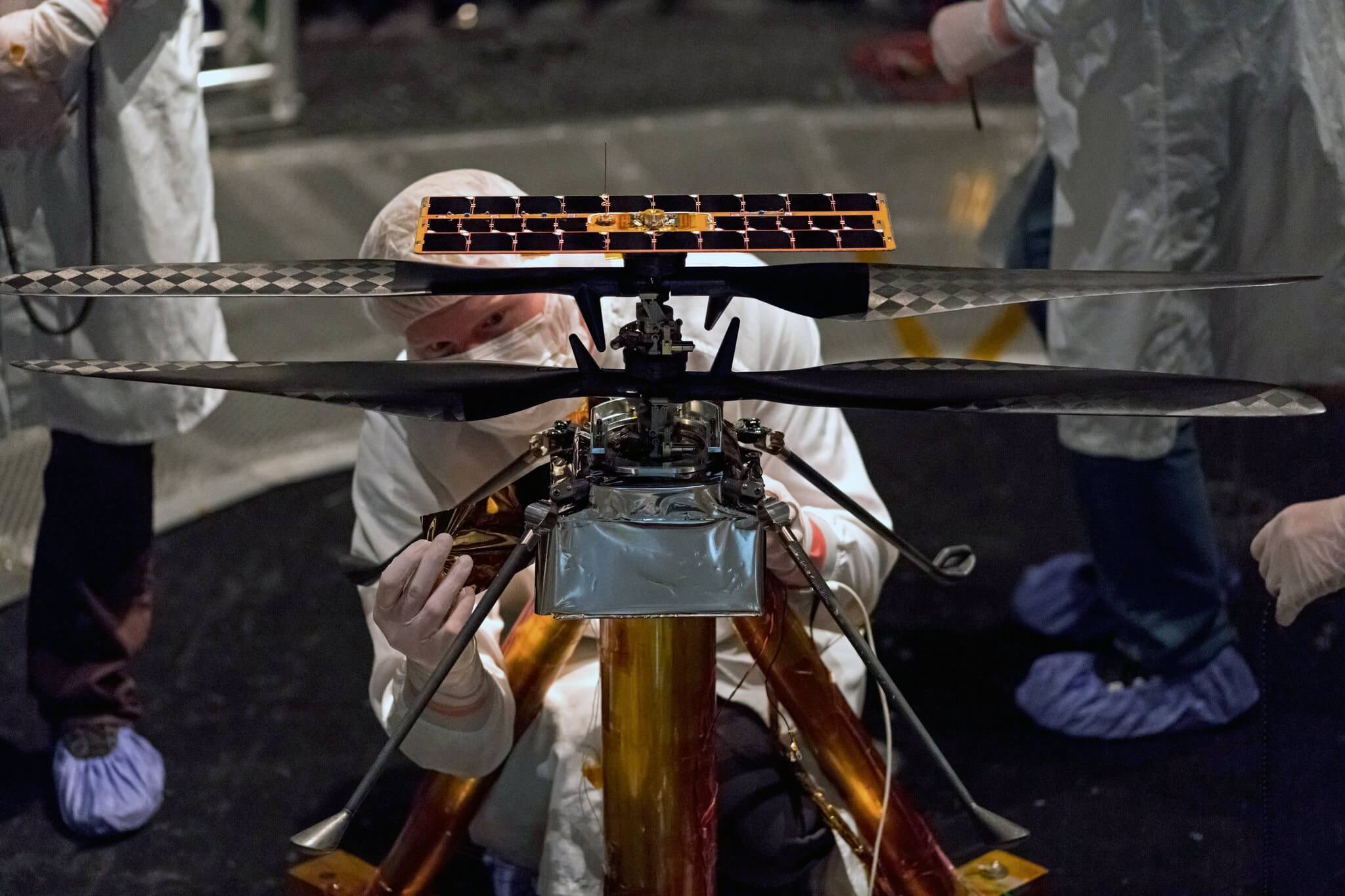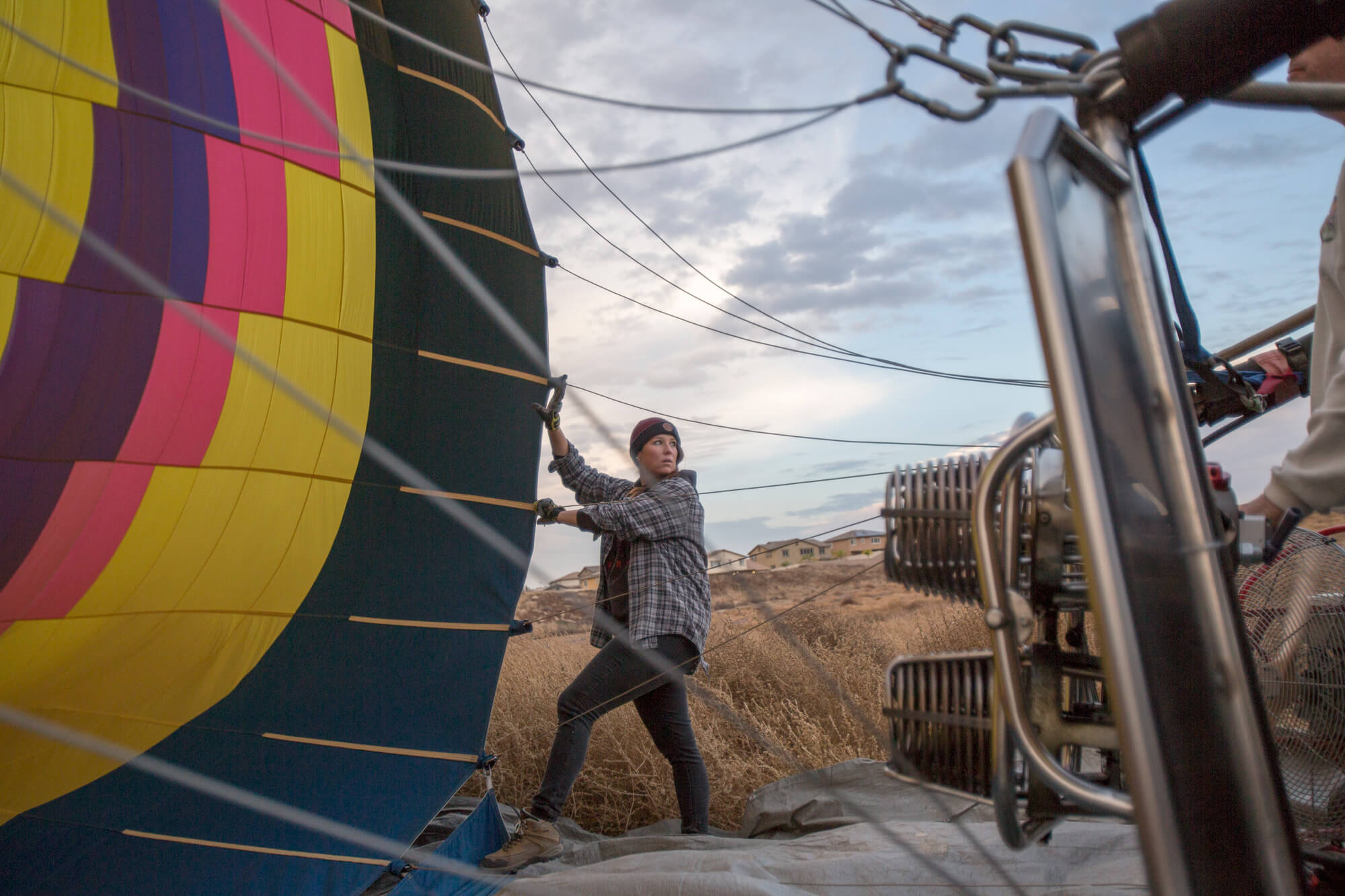NASA is about to take to the air on another planet.
As part of its next mission to Mars, leaving Earth this summer, the space agency will attempt to do something that has never been done before: fly a helicopter through the rarefied atmosphere of Mars.
If it works, the small helicopter, named Ingenuity, will open a new way for future robotic explorers to get a bird’s-eye view of Mars and other worlds in the solar system.
“This is very analogous to the Wright brothers moment, but on another planet,” said MiMi Aung, the project manager of the Mars helicopter at NASA’s Jet Propulsion Laboratory over the past six years.
Flying on Mars is not a trivial endeavor. There is not much air there to push against to generate lift. At the surface of Mars, the atmosphere is just 1/100th as dense as Earth’s. The lesser gravity — one-third of what you feel here — helps with getting airborne. But taking off from the surface of Mars is the equivalent of flying at an altitude of 100,000 feet on Earth. No terrestrial helicopter has ever flown that high, and that’s more than twice the altitude that jetliners typically fly at.
Until 1997, all of the spacecraft sent to the surface of Mars had been stationary landers. But in 1997, the Pathfinder mission included something that was revolutionary for NASA: a wheeled robot. That rover, Sojourner, was roughly the size of a short filing cabinet. That success was followed by two golf cart-size rovers, Spirit and Opportunity, arriving on Mars in 2004 and then Curiosity, about the size of a car, in 2012.
For a robotic explorer on another planet, the ability to move around offers great advantages.
Planetary scientists are no longer stuck staring at one spot. A rover can drive across the landscape, stopping for closer looks at intriguing rocks. That freedom was key to gaining the current understanding of early Mars, that the planet, now cold and dry, was once wet and possessed at least some environments that were potentially habitable for life.



